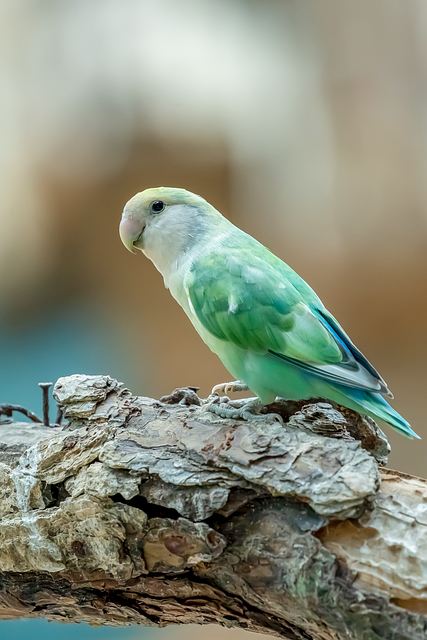Choosing the right wine cooler is essential for any enthusiast seeking to preserve their collection’s integrity. This article explores the critical factors of temperature and humidity control, alongside the pivotal role of UV protection. Understanding these elements ensures your investment matures perfectly, delivering the intended flavor profile with every uncorking.
The Science of Perfect Preservation: Temperature and Humidity
At the heart of every wine cooler is its ability to maintain a consistent, ideal temperature. Fluctuations cause the wine to expand and contract, potentially drawing in oxygen through the cork and leading to premature oxidation. For long-term aging, a steady 55°F (13°C) is widely considered the gold standard, as recommended by organizations like the Wine & Spirit Education Trust (WSET). This stability allows complex chemical reactions to proceed slowly, developing the wine’s bouquet and complexity.
Equally crucial is humidity control, often an overlooked aspect. Relative humidity (RH) levels between 50-70% prevent corks from drying out. A dry cork shrinks, allowing air to seep into the bottle and spoil the wine. Conversely, excessive humidity can promote mold growth on labels and capsules. Modern wine coolers are engineered to regulate both factors meticulously, creating a true cellar environment. This scientific approach to preservation is what separates a specialized unit from a standard refrigerator.
Beyond the Chill: The Critical Role of UV Protection
While temperature and humidity form the foundation of wine storage, protection from light is a silent guardian. Ultraviolet (UV) rays are particularly damaging, as they catalyze chemical reactions that create unpleasant sulfur compounds, a fault known as “light strike” or “goût de lumière.” This phenomenon was scientifically documented as early as the 20th century, proving that even brief exposure to direct sunlight can compromise a wine’s structure.
High-quality wine storage units address this threat through dual-paned, tinted glass doors that filter out over 99% of harmful UV radiation. This design shields your collection while still allowing for display. When selecting a cooler, ensuring this feature is non-negotiable for anyone serious about preservation. It is this combination of dark, stable, and humid conditions that allows a fine wine to evolve gracefully over years, even decades. Investing in a unit that offers comprehensive protection, like those from Tittla’s collection, is investing in the future of your cellar.
Ultimately, proper wine storage is a science focused on mitigating damage from heat, air, and light. A dedicated wine cooler provides the precise control over temperature, humidity, and UV exposure that your collection requires. By prioritizing these factors, you ensure each bottle reaches its full potential, guaranteeing a perfect pour every time and protecting your valuable investment for the long term.
